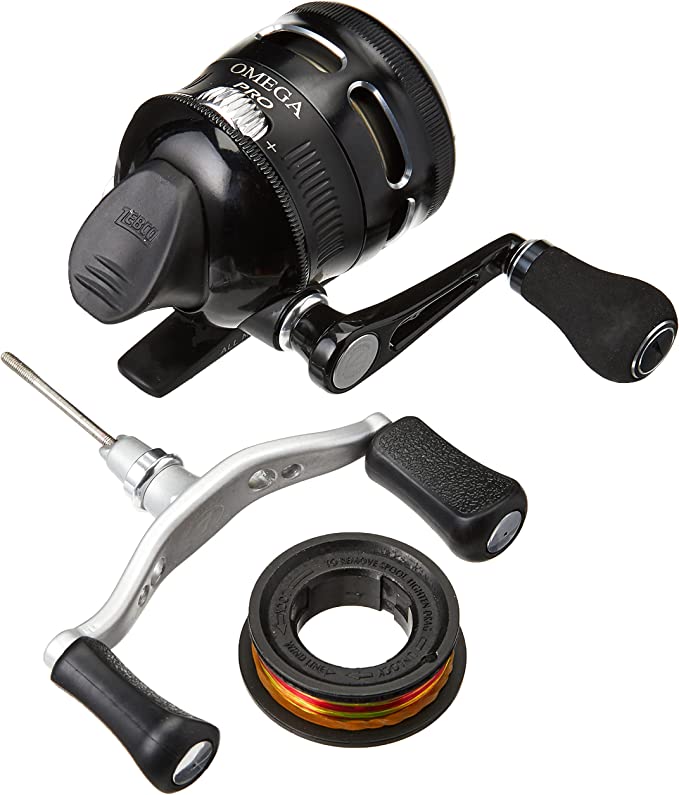NEMO Hornet Elite OSMO: The Ultimate Ultralight Backpacking Tent for Minimalists
Update on March 12, 2025, 6:29 p.m.
The wind whispers through the pines, carrying the scent of damp earth and distant rain. You’ve hiked for miles, your legs weary but your spirit soaring. As the sun dips below the horizon, painting the sky in fiery hues, you reach for your pack, ready to set up camp. But instead of dreading the usual wrestling match with heavy poles and bulky fabric, you smile. You’re carrying the NEMO Hornet Elite OSMO.

The Weight of Tradition (and Why It Matters)
Backpacking, at its core, is about freedom. The freedom to explore, to connect with nature, to escape the everyday. But for generations, that freedom came with a hefty burden – literally. Traditional backpacking tents, while offering shelter, often tipped the scales at five pounds or more. Add in a sleeping bag, cooking gear, food, and water, and you were easily lugging 40, 50, even 60 pounds on your back. Every step became a test of endurance, every uphill climb a battle against gravity.
The shift towards ultralight backpacking wasn’t just a fad; it was a necessary evolution. It was a recognition that less weight meant more enjoyment, more miles covered, and less strain on the body. It opened up backpacking to a wider range of people, including those who might have been intimidated by the sheer weight of traditional gear.

NEMO Hornet Elite OSMO: A Featherweight with a Punch
The NEMO Hornet Elite OSMO is a prime example of this ultralight revolution. Coming in at a minimum weight of just 1 pound 7 ounces (657 grams), this one-person tent is remarkably light, yet it doesn’t sacrifice essential features like weather protection, livability, and durability. This isn’t about cutting corners; it’s about rethinking every aspect of tent design, from the fabric to the poles to the very shape of the stuff sack.
OSMO Fabric: Rethinking the Rules of Waterproof Breathability
The heart of the Hornet Elite OSMO’s performance lies in its namesake fabric: OSMO. This isn’t your grandfather’s nylon tent material. OSMO is a proprietary poly-nylon ripstop fabric, a carefully engineered blend of high-tenacity nylon and polyester fibers. This combination provides an excellent balance of strength, lightweight, and resistance to tearing. The “ripstop” weave is a crucial detail – it’s a pattern of reinforced threads that prevents small punctures or tears from spreading, a vital feature when you’re miles from civilization.
What is it really made of?
The specific blend of nylon and polyester in OSMO is a carefully guarded secret, but the key takeaway is that it’s designed for optimal performance. Nylon provides strength and abrasion resistance, while polyester adds dimensional stability and helps the fabric resist stretching when wet.
The Microporous Magic: How it Works
Here’s where the science gets really interesting. OSMO achieves its waterproofness and breathability through a two-pronged approach:
- Durable Water Repellent (DWR) Finish: The outer surface of the fabric is treated with a DWR coating. This coating doesn’t make the fabric waterproof on its own, but it causes water to bead up and roll off, rather than soaking into the fabric. Think of it like a microscopic layer of tiny spikes that prevent water droplets from spreading out.
- Microporous Membrane: Beneath the DWR-treated outer layer lies the true magic: a microporous membrane. This membrane is incredibly thin and contains billions of microscopic pores per square inch. These pores are far too small for liquid water droplets to pass through (making the fabric waterproof), but they are large enough to allow water vapor molecules (sweat) to escape (making the fabric breathable).
Imagine you’re wearing a jacket made of OSMO fabric. As you hike, you start to sweat. The water vapor from your sweat passes through the tiny pores in the membrane and escapes to the outside, keeping you dry and comfortable. Meanwhile, raindrops, which are much larger than individual water vapor molecules, are blocked by the membrane, keeping you protected from the elements.
OSMO vs. The Competition (Gore-Tex and others)
Gore-Tex is probably the most well-known name in waterproof-breathable fabrics. It relies on a similar principle of a microporous membrane, but the membrane itself is made of expanded polytetrafluoroethylene (ePTFE). While ePTFE is highly effective, it has also faced scrutiny for its environmental impact, particularly the use of perfluorinated chemicals (PFCs) in some older versions.
OSMO, on the other hand, is PFAS-free. This is a significant advantage, as PFAS chemicals are known as “forever chemicals” because they persist in the environment for a very long time and have been linked to potential health risks. NEMO’s commitment to using PFAS-free materials reflects a growing trend towards more sustainable and environmentally responsible outdoor gear.
(Image suggestion: A close-up diagram comparing the microporous structure of OSMO and Gore-Tex, highlighting the PFAS-free nature of OSMO.)
Sustainability: Beyond Just Weight Savings
OSMO’s sustainability story goes even further. The fabric is made from 100% recycled yarns, reducing the reliance on virgin petroleum-based materials. This commitment to circularity is a crucial step towards minimizing the environmental footprint of outdoor gear.

Beyond the Fabric: Design Details that Deliver
While OSMO fabric is the star of the show, the Hornet Elite OSMO’s performance is also a result of meticulous attention to detail in every aspect of its design.
-
DAC Featherlite Poles: Strength Without the Weight:
The tent’s skeleton is constructed from DAC Featherlite aluminum poles. DAC is widely regarded as the gold standard in tent pole technology, and their Featherlite series is renowned for its exceptional strength-to-weight ratio. These poles are made from a proprietary aluminum alloy that undergoes a special anodization process to increase its strength and corrosion resistance.
(Image suggestion: A close-up photo of a DAC Featherlite pole joint, highlighting its construction.) -
Flybar™: Engineering More Space:
One of the common complaints about ultralight tents is that they can feel cramped. NEMO addresses this with their patent-pending Flybar™ volumizing pole clip. This small but ingenious clip attaches to the main tent pole and extends outwards, pulling the rainfly away from the tent body. This creates more headroom and a more spacious feel, especially when you’re sitting up. It also helps to distribute the tension of the rainfly evenly, improving the tent’s stability in windy conditions.
(Diagram suggestion: A simple line drawing illustrating how the Flybar™ works to increase interior volume.) -
Semi-Freestanding: The Best of Both Worlds?
The Hornet Elite OSMO is classified as a semi-freestanding tent. What does that mean? Simply, it’s needs to be staked to stand. -
Little Things, Big Difference: Gatekeepers and Divvy Cubes:
NEMO hasn’t overlooked the small details. The Gatekeeper™ door tie-backs are simple clips that hold the doors open securely, making it easier to get in and out of the tent. And the Divvy Cube™ stuff sack is a rectangular design that allows you to split the tent components (rainfly, tent body, poles) with your hiking partner, making it easier to distribute the weight evenly. It also packs more efficiently into your backpack than a traditional cylindrical stuff sack.
Real-World Performance
Throughout the design discussions, user feedback has been interwoven to provide a balanced perspective. The praise for the tent’s lightweight nature and ease of setup is consistently high. However, the concerns about durability, particularly with the zipper, are valid and cannot be ignored. Ultralight gear, by its very nature, requires a degree of care and attention that heavier, more robust gear might not.
The zipper issue, as highlighted by some users, is a point that NEMO should address directly, perhaps through reinforced stitching or a more robust zipper design in future iterations. It’s also a reminder that even the best-designed gear can have points of failure, and proper care (gentle zipping, regular cleaning) is essential.
The feedback about the tent’s size is also worth considering. While the Hornet Elite OSMO is designed as a one-person tent, and its dimensions are clearly stated, it’s crucial for potential buyers to be realistic about their space requirements. If you’re over 6 feet tall or simply prefer a more spacious shelter, you might want to consider a two-person tent, even if it means carrying a few extra ounces.

The Future of Light
The NEMO Hornet Elite OSMO is a snapshot of a moment, and tents will continue to evolve.
The NEMO Hornet Elite OSMO represents a significant step forward in ultralight tent design. It’s a testament to the power of innovation, the importance of sustainable materials, and the ongoing quest to make the outdoors more accessible and enjoyable for everyone. It’s not perfect, but it’s a shining example of what’s possible when we push the boundaries of what’s possible.






























